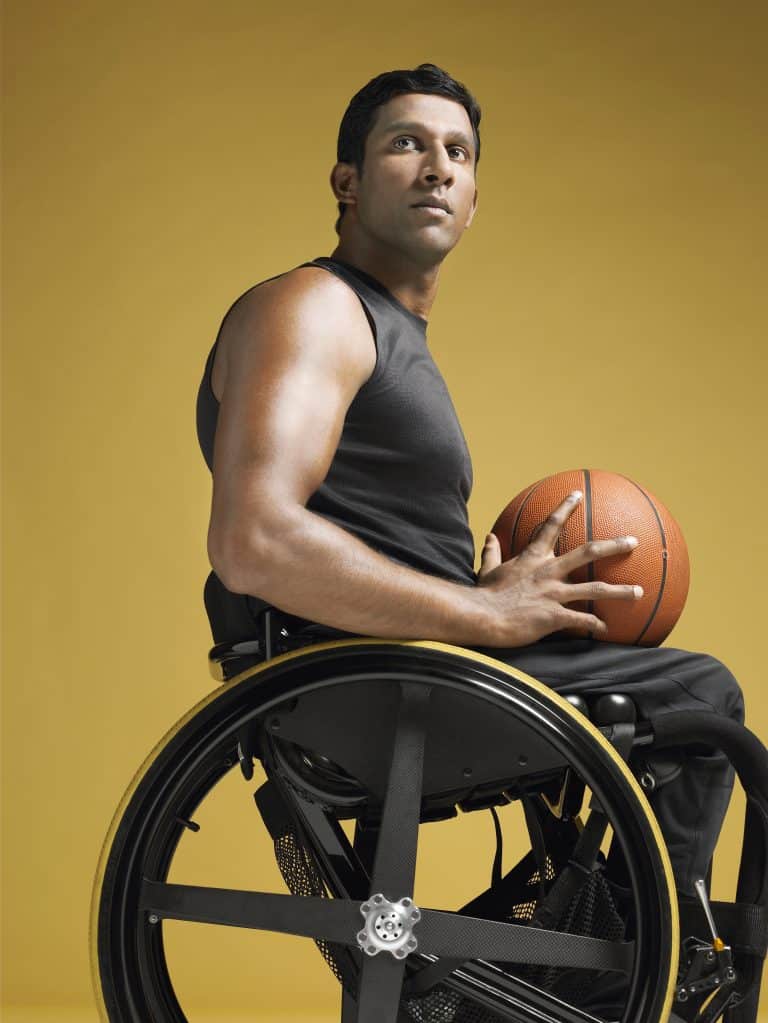How hard is it to design a game or gamified process?
In our work with companies, I have learned how to break down the process of making games into bite-size chunks. It brings with itself a great feeling for the end-user that they can actually create something from scratch. The challenge is however that knowing each of the components that you desire to include in a game still needs to be brought together. This is where game design becomes an art or craft or process of mastery over time.
The basics of every game and every gamified process
Each game or gamified process will have players or users. Knowing their preferences, their tendencies and player styles are helpful to start with. In our projects, we will do extensive research, in our gamification card deck we have included some player type cards to help people imagine the process. Then you choose the game type or gamification style, which relates to the genre of game or interactions you are trying to create. In our card deck, I only allow for game genres to choose from. In a live project, we would have several discussions on which dynamics the company wants to encourage, such as collaboration versus competition for example. I often will ask what behaviours they want to reinforce and see more of and what do they want to discourage.
Then if it is a gamified process we map out the process we are looking to gamify and identify meaningful touchpoints, where you can impress or depress a person. If anything we want to create an emotional journey that feels good. In both gamification and serious game designs we then select the win conditions, namely, how will a person win or lose the game. These can be based on work tasks, objectives to be achieved, gameplay etc. Once you know the type of game and win conditions, we would say you could stop right there and you have an actual game.
The reality is to make a game fun and engaging to play, you need more than one game mechanic because a win condition is still a game mechanic. I typically then let people choose several game mechanics from our card deck. Sometimes I limit the number they can choose to really make them select what is most important. Other times, I will let them choose as many as they like. When an unlimited choice is given, people still select typically only those game mechanics that appeal to them in a game. Here is when you have to remind the people playing with our card decks that they are not designing for themselves but for their target audience. Everyone, including us, will fall into the trap at times that we design for what we like. The key is to remember who will be playing it.
In our projects, we have design workshops with our target audience or an audience close to them if we can’t access them directly. It gives us insights into what they tend towards and what they don’t choose. On top of surveys, observations and other research inputs these will guide us to a player persona and some choices on game dynamics and mechanics. After that, the iterative process starts for real. This is where then the real skill comes into play in my view, namely pulling the individual components together into meaningful choices.
Storylines and narrative
The storyline and narrative will often make or break a game. I would say the way a gamification project is communicated and presented, which relies on storylines and narrative is equally an important part of the design process. How will people find out, will you let them choose to play or not, will you help them discover the game or spontaneously find it? When we work in the learning space in the corporate sector, we often advise teams to work closely with their marketing or internal communications people to get the news out there about the project.
Because we opt for a co-creation collaboration from the outset, we by default also start the rumour mill that some new project is coming. The input people have given creates a little bit of ownership. When you can invite them back at a later point to be pilot testers or further input givers, it strengthens the link with the game or gamified process. The stronger the sense of ownership and influence, the bigger the chances that they will help promote the project.
The storyline can be in line with what people are used to or something deliberately opposite to create curiosity. Typically the story in the game guides a player to take part and progress and stick with the process. Even visual storylines can help do the talking across multiple cultures and languages, it doesn’t have to be text.
Characters and levels
Not every kind of game or gamified process will need characters, but most will include levels. A character and giving players the choice of a character can add a fun dimension to a game. For role-playing games, it is an essential part of the game, for some of the other genres of games showing up as yourself is enough. In business, we often see an aversion of having characters, even though this could provide for interesting interactions and more engaging choices. Just imagine that you could choose who managed the team and who takes what role, you may even have had to work to earn the right to make these decisions. At the same time whilst characters make the game often more fun, they also require additional design resources such as graphics, character building, and the associated storyline.
Levels work well for both gamification and games as long as there is a perceived expectancy of continuation and even a road to mastery. Levels can follow incremental patterns where they gradually become harder or a more randomised structure that brings challenges and easier steps at different intervals. Either way, levels need to be written and designed to be meaningful chunks of gameplay.
Balancing the game
Balancing the game means that we make it fair for all kinds of players with different abilities to succeed and win on occasion. In most cases, this is where playtesting becomes vitally important and listening to feedback from players. It is also something most game design organisations do on paper before a game goes into a production cycle with development.
The more scoring mechanisms there are in a game, the more challenging it becomes to find an equitable medium where highly skilled players and novices can enjoy the game. Often levels and characters will help to overcome this challenge and an occasional booster could give a windfall to a lesser skilled player.
Keeping it fresh
In most of our corporate work, we communicate the need to keep designs fresh by changing the story and the game mechanics just like you would change your advertising based on the season. Unfortunately, here we have very little uptake on our advice. Typically, most games and most gamification have a lifespan, just like games in app stores. You will play some really intensively for a while and then move on to the next one. You may meander between a few. The games that keep you returning are those that continuously add new content and where there is a loss or consequence when you stop playing.
In a design cycle, we design the first roll out and possibly a second iteration. In an ideal world, you would think a year ahead and create more content. Due to the pressing nature of business, we often see short term tactics win over the longer-term strategies. If your game is only campaign focused and short term in nature then this is not a problem when you are seeking longer-term engagement however we recommend a retention update on a quarterly basis.
Words to the wise
In my view, everyone can learn to be a game or gamification designer and from my experience, I would say it takes some time to master it. Allow yourself the chance to get it wrong and learn from it. Learn from others and ask questions when you get stuck.
https://gamificationnation.com/inclusive-by-design/





